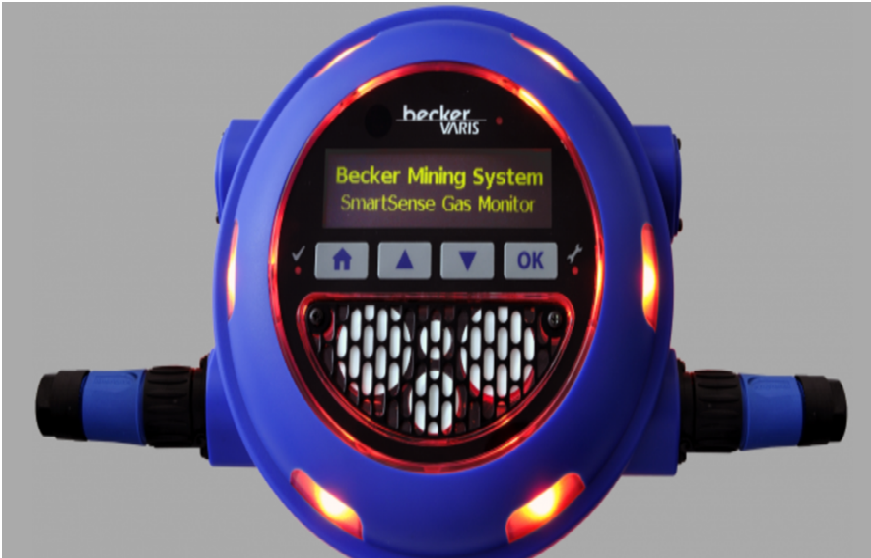Underground mining is a dangerous industry. Workers in underground mines are exposed to a variety of toxic and flammable gases.
Miners should be aware that these gases are dangerous to their health. Underground mining is often conducted in confined spaces. Due to the combustible properties of these gases, explosions are a real possibility.
Gases commonly found in mine sites include:
Methane:
The most common gas in mines is methane. Methane is highly flammable, and if not controlled and detected correctly, it can cause serious explosions. When mixed with air, methane can also ignite, making it dangerous to miners. Methane, highly explosive and odorless, is one of the most dangerous gases underground. Gas monitoring is essential to detect gases like methane and trigger evacuations if necessary.
Carbon Monoxide:
Carbon monoxide gas, found in mining sites, is odorless and colorless. It is toxic and can lead to serious health problems if inhaled for extended periods. The gas is produced by combustion engines in mines and can accumulate over time, causing headaches and possible CO poisoning.
Hydrogen Sulfide:
Found in mines, hydrogen sulfide is present in sulfuric acids and can lead to serious health problems such as comas and death when inhaled for prolonged periods. This gas is flammable, colorless, and odorless. It can cause unconsciousness very quickly and headaches and eye irritation at low concentrations. However, high concentrations are extremely harmful to the human body.
Early detection of gases is essential.
Gas detection equipment that is accurate and reliable must be available to workers to detect poisonous gases on a mine site. To ensure that these detectors work properly, they must be regularly maintained. Workers must be aware of their rights regarding preventing exposure to harmful gases on mining sites. Miners can use a combination of monitoring the entire mining site and individuals to determine the best time for ventilation or evacuation.
Gas detectors, personal protective equipment, ventilation, and regular maintenance are all important aspects to consider when protecting workers from dangerous gases on mining sites. Regular maintenance, proper evacuation plans, and regular servicing will ensure that safety mechanisms are working at maximum capacity in the mine. Miners and employers should collaborate to create a safe environment.
Underground mining can be dangerous due to hazardous gases like methane and carbon monoxide. Miners must understand the risks of these gases and what they can do to protect themselves. To ensure miners are working in a safe environment, they should use personal protective equipment and reliable gas monitors.
This post was written by Justin Tidd, Director at Becker Mining Communications! For over 15 years, Becker Communications has been the industry’s leader in Gas Monitoring System and electrical mining communication systems. As they expanded into surface mining, railroads, and tunneling they added wireless communication systems, handheld radios, tagging, and tracking systems, as well as gas monitoring.




